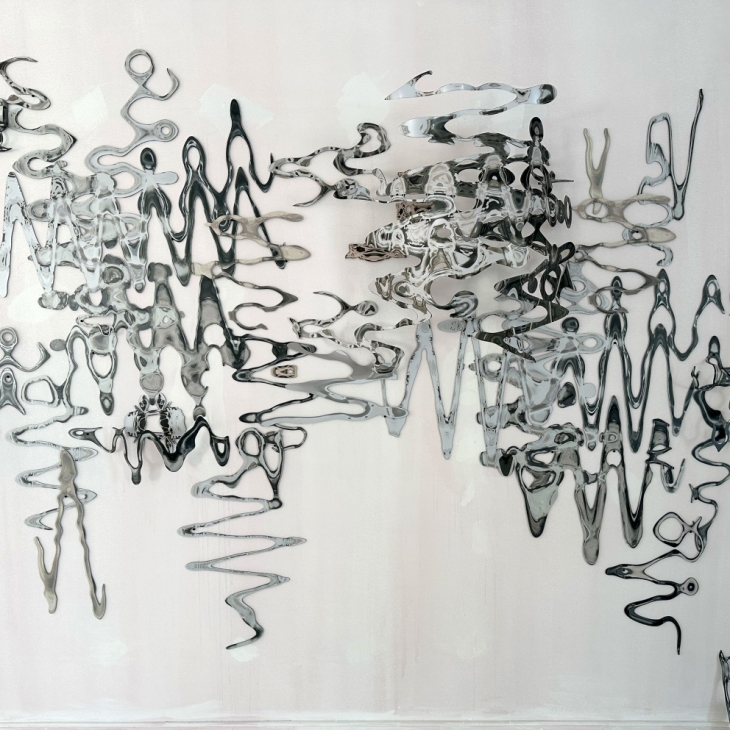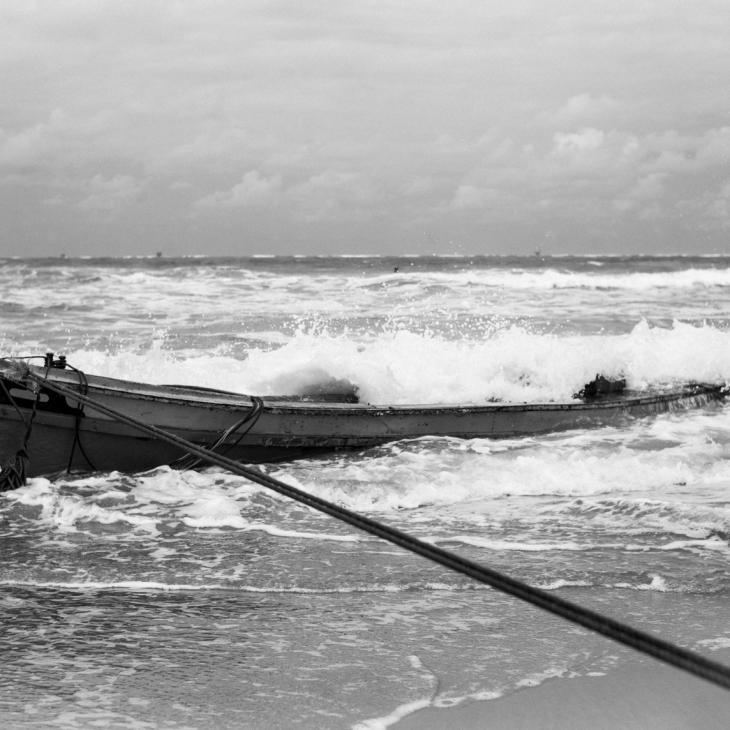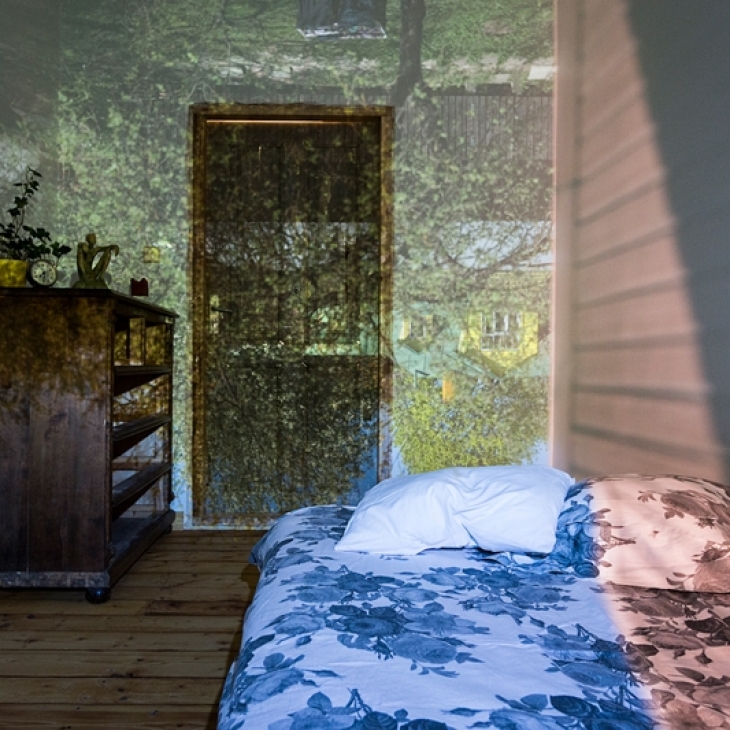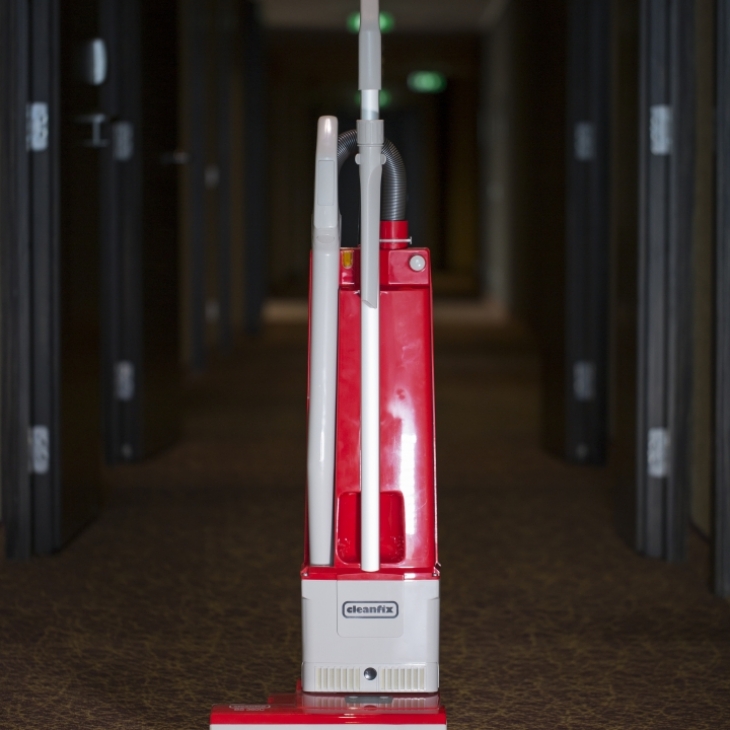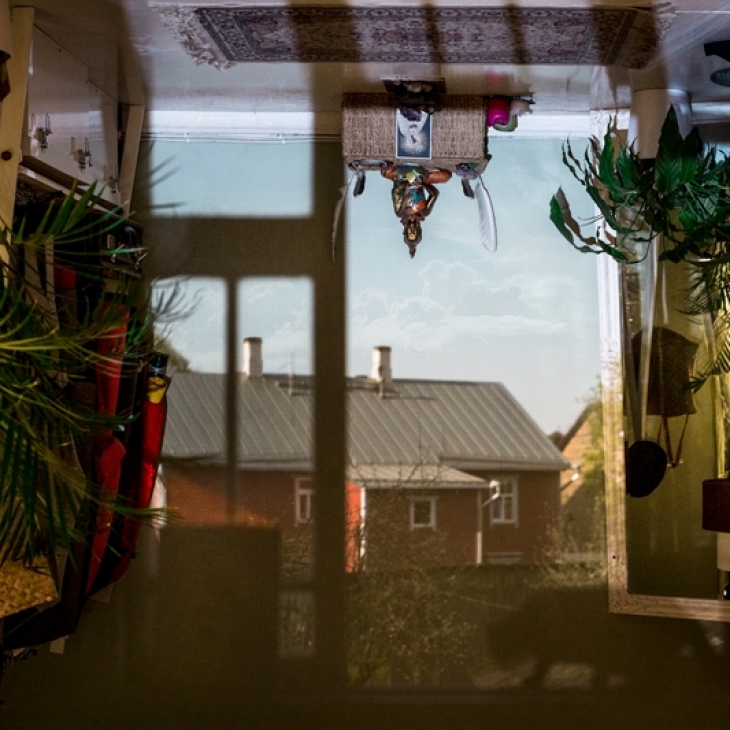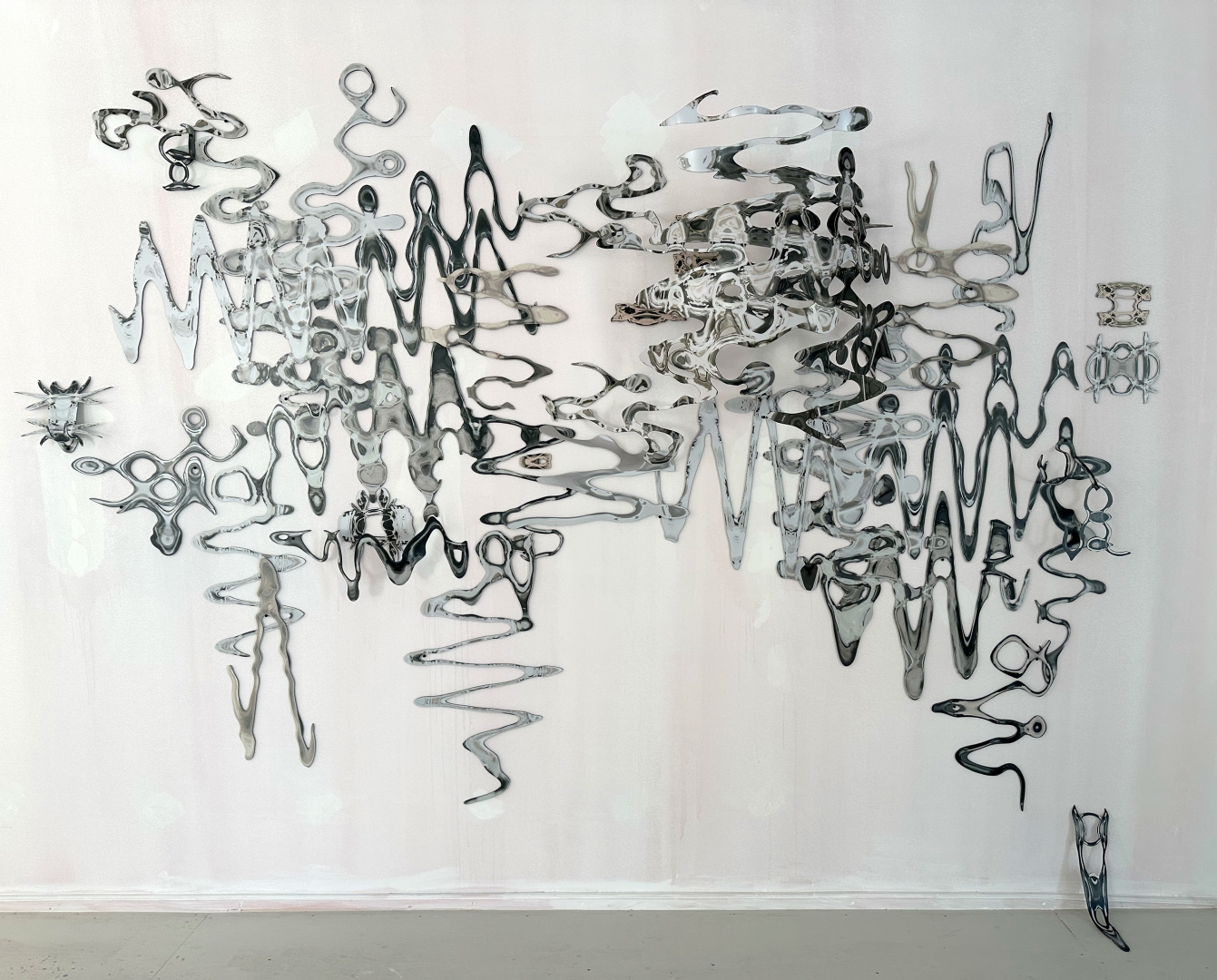Techno-Spectre, 2023
Chemigram UV print on aluminium dibond
Agate Tūna’s artwork “Techno-Spectre” challenges the familiar landscape of photography, immersing viewers in a fascinating cosmos where historical interpretations of capturing the unseen intertwine with the connection between photography, spirituality, and belief. Tūna experiments with analog techniques like film soups, double exposures, chemigrams, and photograms to explore the evolution of this relationship by confronting the spectral presence of technology in our lives and the dance between magic and innovation. In a world where technology incessantly reveals the mechanics behind natural phenomena, it paradoxically becomes a conduit for capturing magic and venturing into uncharted territories. “Techno-Spectre” presents anomalies, often ascribed to supernatural occurrences, that can be traced back to subtle camera deviations, blurring the line between reality and illusion. This is akin to the captivating artistry of a meticulously performed magic trick, showcasing that the potency of photography lies not just in the result but also in the enchanting journey of its creation. Drawing inspiration from the philosophical concept of hauntology, Tūna’s artwork investigates the lingering presence of the past’s “ghosts,” their unresolved narratives, and unfulfilled futures, as they continue to reverberate and shape our present reality. By confronting the spectral manifestations of technology in our lives, Tūna’s art prompts viewers to reflect on the haunting forces that persistently shape our perceptions and beliefs. Central to the artwork is the use of chemigrams, an experimental photography technique, created on photosensitive paper with a photo fixer, developer and sun light. Merging photography with drawing, she manipulates photosensitive paper both chemically and physically, scratching, folding, painting and making marks to introduce another dimension of expression. Later, the images are printed on aluminium (dibond), giving the material a new layer of materiality. By bending the surface of the aluminium (dibond), the image, initially constrained within a two-dimensional frame, begins to capture a three-dimensional world. The resulting artwork captures the ebb and flow between the artist’s control and the unpredictable reactions of the chemicals, culminating in a captivating interplay between precision and chaos.



